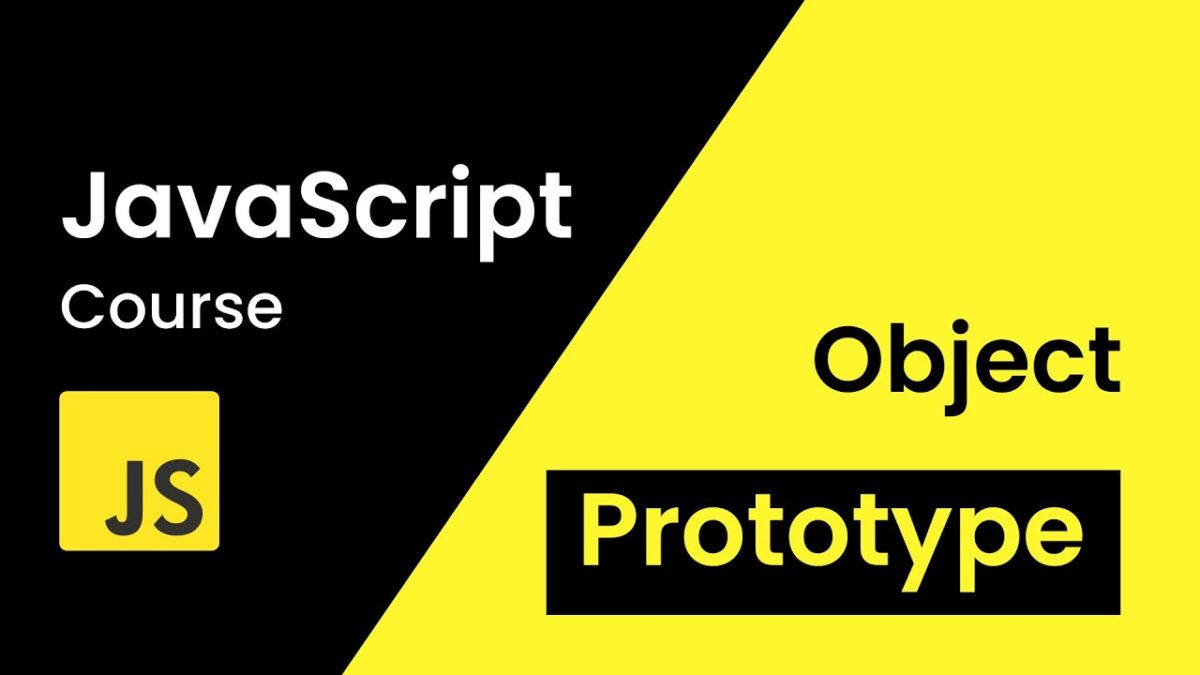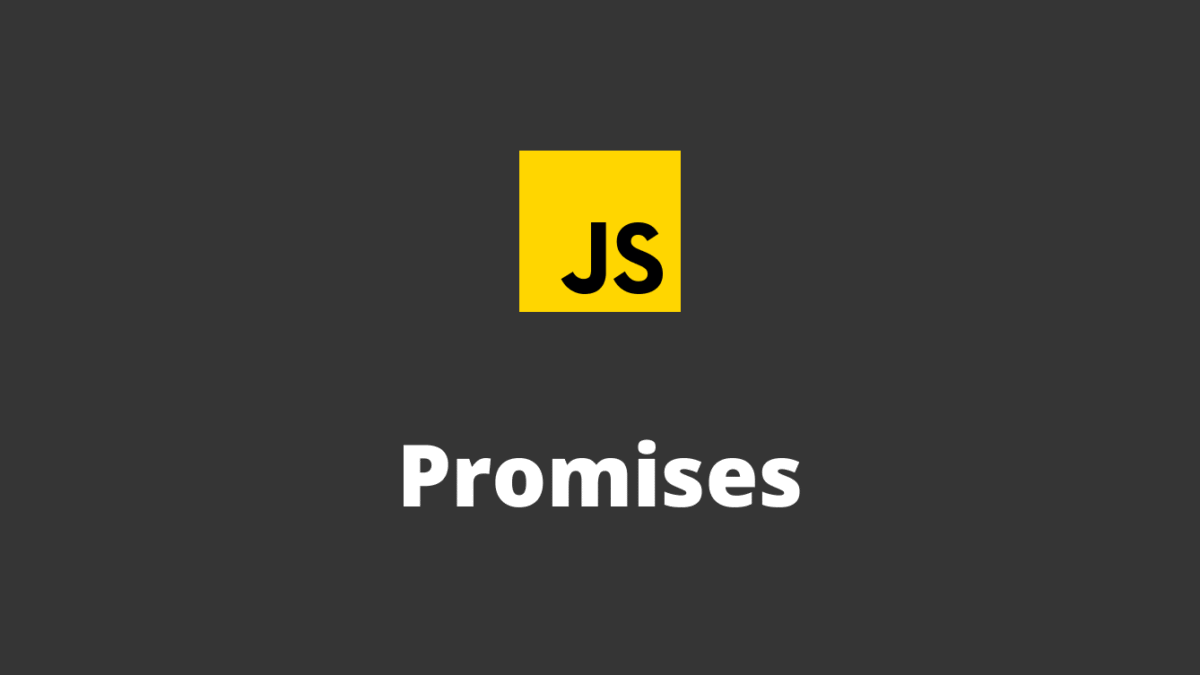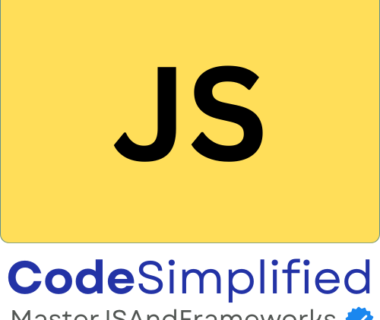What Are JavaScript Prototypes and the delete Operator? Why delete Doesn’t Remove Inherited Methods
JavaScript is a versatile and powerful language, but some of its core concepts can be tricky to grasp, especially when it comes to prototypes and the behavior of the delete operator. In this article, we’ll answer the important question: What are JavaScript prototypes and the delete operator? and explore why using delete doesn’t remove inherited […]





